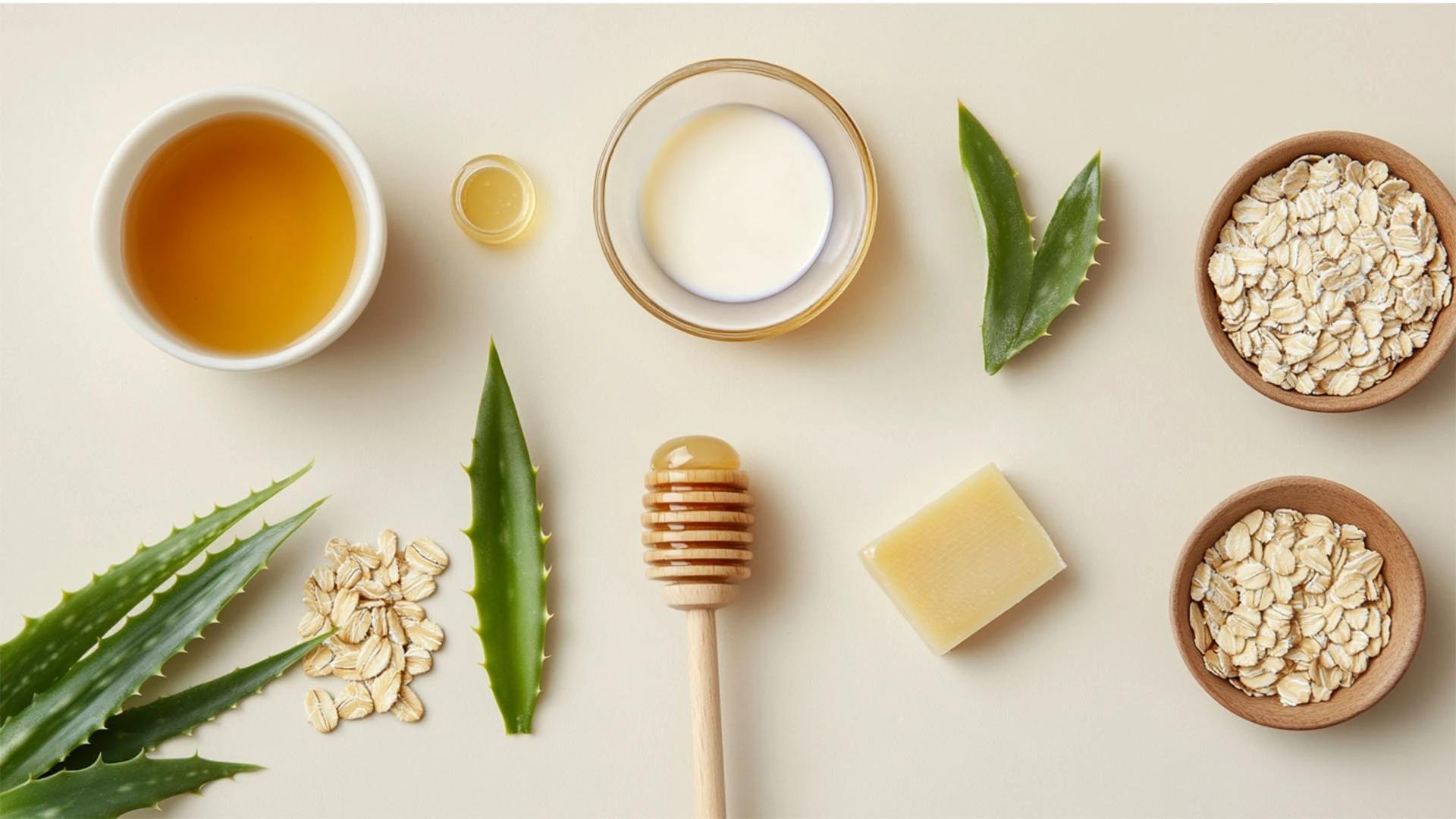You'll need something to dilute your jasmine concentrate, and you've got two main routes:
• **Carrier oils**: Jojoba, sweet almond, or fractionated coconut oil work brilliantly
• **Perfume alcohol**: Ethanol specifically made for perfumery gives you that traditional spray-on experience
Alcohol-based perfumes tend to project better and feel lighter on the skin, while oil-based ones last longer and feel more nourishing.
Additional Fragrance Notes
Jasmine is stunning on its own, but it becomes absolutely magical when you add complementary scents:
• **Top notes**: Bergamot, lemon, or pink grapefruit for freshness
• **Heart notes**: Rose, ylang-ylang, or neroli for floral depth
• **Base notes**: Sandalwood, vanilla, or white musk for grounding
These combinations help create a well-rounded fragrance that evolves beautifully on your skin.
Step-by-Step Guide to Making Jasmine Perfume
Time for the exciting bit—actually creating your signature scent! This process is surprisingly straightforward, but taking your time with each step makes all the difference to the final result.
Preparing Your Workspace
Sort out a clean, well-ventilated area away from strong smells (sorry, no kitchen experiments while dinner's cooking). You'll need:
• Glass mixing beakers or small bowls
• Pipettes or droppers for precise measuring
• Glass stirring rods
• Small funnel
• Dark glass bottles for storage
• Labels and a notebook for tracking your recipes
Formulating Your Jasmine Perfume
Start with a **20% fragrance concentration** for eau de parfum strength. That means if you're making 10ml of perfume, you'll use 2ml of essential oils and absolutes total. Begin with 60% jasmine as your main note, then add 20% heart notes and 20% base notes.
Use droppers to measure precisely—trust us, one drop too many can completely change your blend. Mix your essential oils first, then add your carrier oil or alcohol gradually.
Mixing and Maturing the Perfume
Gently stir your mixture clockwise (some perfumers swear this makes a difference, and honestly, it can't hurt). Don't shake vigorously as this can affect the molecular structure.
Here's the hardest part—patience. Your perfume needs at least **4-6 weeks** to mature properly. The different molecules need time to marry together, creating that smooth, blended scent profile you're after.
Bottling and Storing Your DIY Jasmine Perfume


 15 ml
15 ml